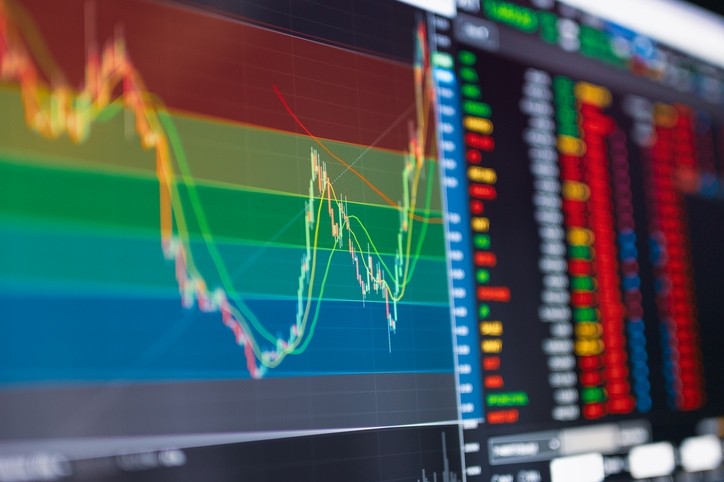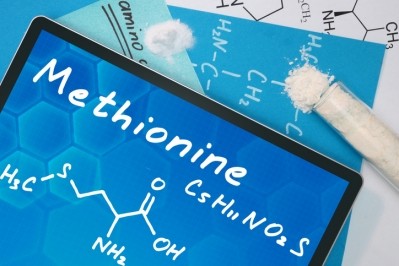Black Sea crisis creates uncertainty in methionine market, but new capacity projects in play

There has been a reduction in newly signed customer orders and a focus instead on the delivery of existing contracts, said Stefan Schmidinger from the Swiss market intelligence firm.
Before the worsening of the Ukraine-Russian crisis, methionine suppliers, globally, were already facing a raft of post-pandemic manufacturing constraints.
Weighing in on the impact of those was Li Huafeng, vice general manager at NHU’s nutrition business unit. Methionine production costs have increased “a lot” due to the higher energy prices of late, he told us.
“Transport costs are also playing a major role, sometimes accounting for 25% of total raw material costs, depending on the shipping area,” added Thomas Hoops, general manager, NHU Europe.
US market dynamics
Jared Hux, director of global methionine business, Novus International, Inc, last week said the company was seeing “strong and healthy demand [for methionine in feed] but coupled with the continued challenges in the supply chain and recent supply disruptions, it has led to a firmer balance between available supply and immediate demand.”
Interestingly, Mike McGetrick, president XL Ingredients, on Tuesday this week, told us there was little in the way of methionine supply challenges in North American markets, despite the US ITC and Commerce anti-dumping investigation and the subsequent duties imposed on foreign suppliers of the essential amino acid to the US market. “I haven’t heard of any shortages, and materials seem to be readily available.”
Since the duties and logistical challenges began, North America-based buyers have “adjusted their pipeline” in anticipation of delays and they have also revised their sourcing strategies, he continued.
The price for feed-grade methionine in the US market had been hovering around US$4-4.20/kg, but it is currently ranging at around the US$3.75-3.80/kg mark, added McGetrick. [He alluded today to current events in Ukraine and the unpredictably this gives rise to in terms of the feed ingredient markets, in general].
Anti-dumping probe
In mid-2021, the US International Trade Commission made affirmative votes in its anti-dumping investigations on imports of methionine from France, Japan, and Spain, followed by final duty orders in mid-September. The investigations on those imports were initiated in 2020 following a petition filed by Novus, incorporating hearings with Evonik, as a domestic producer in the US, and end users there such as Allen Harim Foods.
In a company statement subsequently, Adisseo emphasized its commitment to the US market as a supplier of Methionine hydroxy analogue (MHA) but added that the restrictive nature of the tariffs imposed in the anti-dumping probe meant it was prevented from supplying DL-Methionine (DLM) to the US market, reducing the options available for US purchasers.
Annual imports of DLM from France reached about 5,000 to 6,600 metric tons or US$10-20m in previous years, noted Kemiex. That tonnage is now likely being placed onto other markets in Europe, Latin America, or Asia. The Swiss data provider sees imports of DLM from China and Malaysia starting to rise from March last year, suggesting that NHU and CJ CheilJedang are gaining market share in the US.
Methionine expansion projects
Methionine supply, globally, though is set to expand with several capacity and debottlenecking projects in the works.
Evonik announced plans this week to build a methyl mercaptan plant in Mobile, Alabama, US. Methyl mercaptan is a key intermediate in the production of DL-Methionine (MetAMINO) that Evonik currently sources from third parties. Mobile is one of Evonik's strategic hubs serving North and South American markets, next to Antwerp in Belgium and Singapore.
Its hubs in Antwerp and Singapore are already fully backward integrated. The Mobile plant is scheduled to come on stream in the second half of 2024, and the investment budget for that is around €150m (US$168.3m) over three years.
Adisseo is in the final stage of commissioning its phase 2 liquid methionine project in Nanjing in China, with that plant set to have capacity of 180,000 tons per annum. Its European debottlenecking project added 30,000 t/a of DLM in Q4 2021.
Sichuan Hebang’s new MHA factory, with capacity at 70,000 t/a, entered full load trial production recently, according to Kemiex.
Moreover, Wanhua Chemical is reportedly planning a 150,000 t/a methionine project and NHU and Sinopec have announced a US$472m joint venture for liquid methionine, in addition to NHU’s ongoing 150,000 t/a MHA expansion.







